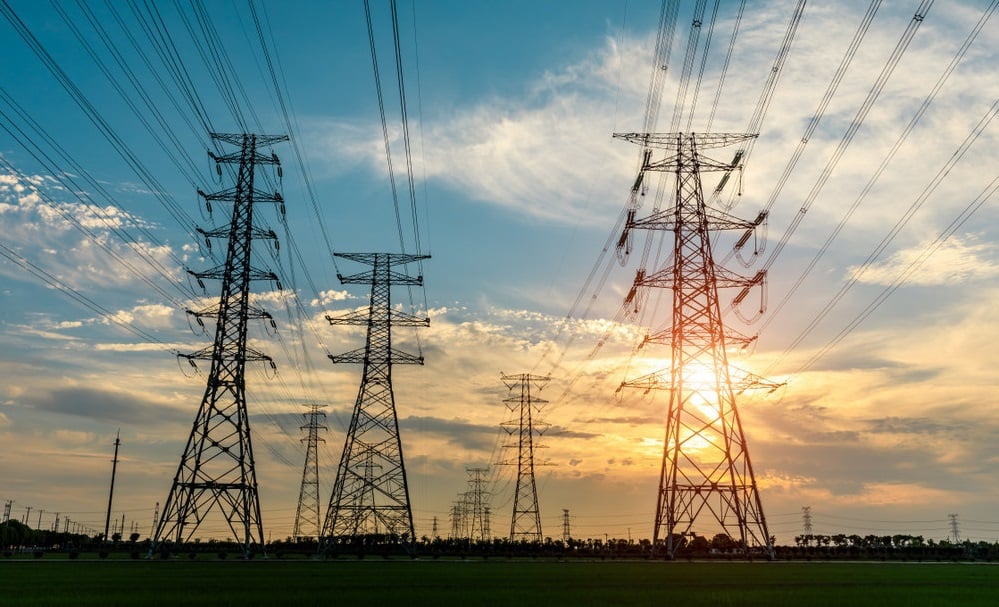
The grid connection backlog in the US increased by 27% year-on-year in 2023, with about 2.6TW of generation and storage capacity now seeking interconnection, according to a study from Lawrence Berkeley National Laboratory (Berkeley Lab).
As of the end of 2023, the total capacity in the queue was more than twice the current US generating capacity of 1.28TW and about eight times larger than the queue in 2014.
Try Premium for just $1
- Full premium access for the first month at only $1
- Converts to an annual rate after 30 days unless cancelled
- Cancel anytime during the trial period
Premium Benefits
- Expert industry analysis and interviews
- Digital access to PV Tech Power journal
- Exclusive event discounts
Or get the full Premium subscription right away
Or continue reading this article for free
Solar accounted for the majority of generation capacity in the queues with a combined capacity of 1,080GW, followed by wind (366GW). A total of 571GW of solar capacity in the queues were proposed as hybrid plants due to falling battery prices, accounting for 53% of all solar projects in the queues. Over half of all storage capacity (525GW) in the queues was proposed in hybrid configurations with generation.
The overall growth in the interconnection queue in 2023 came in spite of slowdowns in the queues in the Midcontinent Independent System Operator (MISO) and PJM Interconnection. Due to the influx of new interconnection requests in 2022, MISO did not accept new requests last year as they sought approval for sweeping procedural reforms. Also, PJM announced that they would not review new requests until at least 2025, resulting in few new requests in 2023.
The slowdowns in MISO and PJM Interconnection were offset by the growth in other regions, such as CAISO, which received a record-breaking capacity of new requests (523GW) in 2023.
Additionally, the Inflation Reduction Act (IRA) incentivised some clean energy capacity entering the queues last year. Over 1,200GW of capacity, including more than 500GW of solar, over 540GW of storage and 125GW of wind, has requested interconnection since the passage of the IRA.
“The IRA supercharged the already-vigorous market for clean energy and storage development. But while the IRA improved economic certainty for projects, other uncertainties, including grid interconnection and permitting, remain challenging,” said Nick Manderlink, co-author of the study.
Withdrawal of interconnection requests
According to the study, over 70% of interconnection requests were withdrawn in previous years. Only 19% of the projects, and just 14% of the capacity, that submitted interconnection requests from 2000-2018 reached commercial operations by the end of 2023.
Solar projects had an even lower percentage in terms of connecting to the grid. Only 13% of solar projects and 10% of the capacity were operational after submitting requests between 2000-2018.
The report also found that the waiting time for interconnections rose last year. Interconnection requests typically took more than three years to complete requisite grid impact studies in most regions. The timeline from the initial connection request to having a fully built and operational plant has increased from less than two years for projects built between 2000-2007 to more than four years for projects built in 2018-2023.
| PV Tech publisher Solar Media will be organising the third edition of Large Scale Solar USA Summit in Austin, Texas 1-2 May. With the Inflation Reduction Act (IRA) targeting US$369 billion for clean energy and US$40 billion for manufacturing, the solar industry has never been brighter. The IRA, securing financing for future projects or supply chain bottlenecks will be among the discussions at this year’s event. For more information, including how to attend, please go to the official website. |






